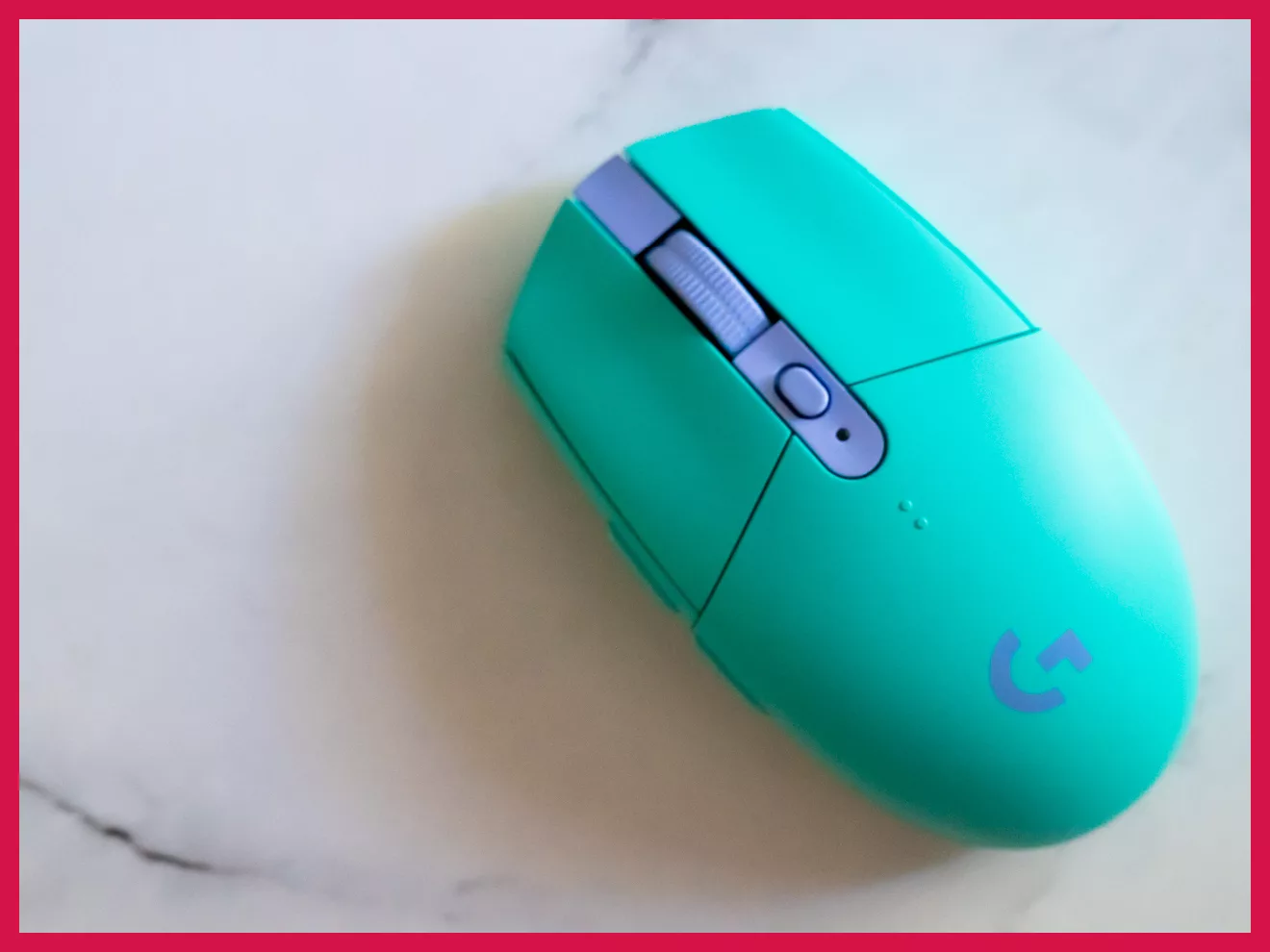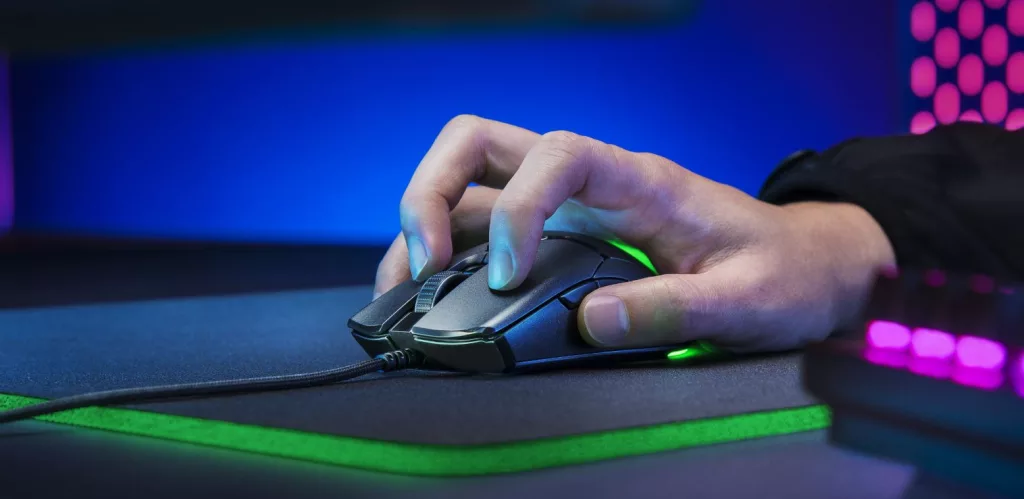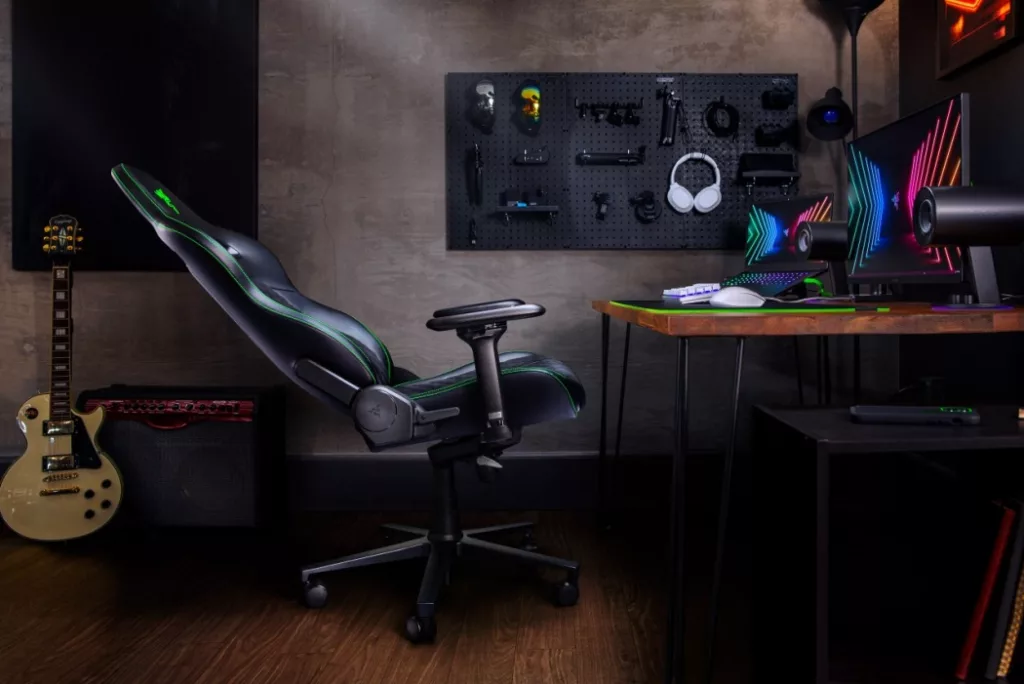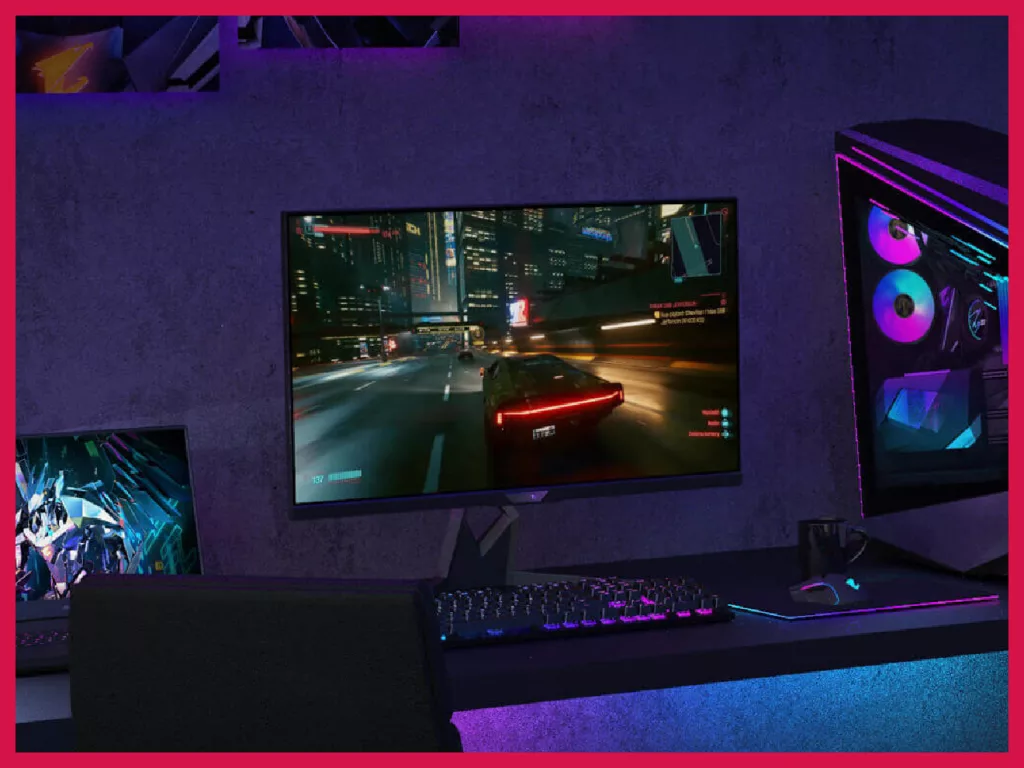We already have a pretty in-depth guide on buying a gaming mouse that we have realized does not work for a lot of gamers. Nobody wants to read all this in so much detail. And that’s why we are making this fast guide—for those in a hurry.
Key Terms to Know
Before diving into specifics, let’s cover some essential terms you’ll encounter:
- Mouse Acceleration: This refers to the cursor’s movement increasing when you move the mouse quickly. While many gamers prefer a mouse with little to no acceleration for precise tracking, some actually enjoy the feature for their own style of play. It’s worth noting that many modern mice aim for minimal acceleration.
- Mouse Smoothing: This is the interpolation of raw input data to create smoother movements. While it was once more relevant for low DPI sensors, today’s mice typically exceed 800 DPI, making smoothing less of a concern.
- Perfect Control Speed (PCS): This measures how well a sensor performs without acceleration or software tricks. It’s essentially the top speed at which a mouse tracks accurately.
- Malfunction Speed: This indicates the maximum speed at which a sensor can track before it loses accuracy, measured in G-force. For most users, this is rarely an issue.
- Polling Rate: This is the frequency at which the mouse updates its position, measured in Hz. While a higher polling rate sounds better, it’s important to find a balance that suits your specific needs.
- Lift-Off Distance (LOD): This describes how high you can lift the mouse before it stops tracking. For FPS gamers, a low lift-off distance is crucial to maintain aim accuracy.
Optical vs. Laser Sensors
Optical sensors use a light source (usually an LED) to track movement. They’re generally better for precision, especially on cloth mouse pads, and have a lower lift-off distance. Laser ones utilize a laser for tracking, allowing for higher sensitivity and better performance on a variety of surfaces. However, they can have a higher lift-off distance, which may affect aiming in FPS games.
DPI and Sensitivity
DPI (dots per inch) and CPI (counts per inch) are critical specifications. Higher DPI means greater sensitivity, allowing for quicker movements on-screen. However, too high a DPI can lead to imprecise control, so finding a mouse with adjustable DPI settings can be beneficial. Many gamers find that a DPI between 400 and 800 offers the best balance for accuracy and speed.
What Makes a Good Gaming Mouse?
Choosing a good gaming mouse isn’t just about the sensor or DPI. Comfort is key, as everyone has different hand sizes and grip styles.
- Shape and Size: Make sure the mouse fits your hand comfortably. A mouse that feels good in your hand will help you play better.
- Button Configuration: Look for additional buttons if you play MMO or MOBA games, but ensure they are placed in a way that won’t cause accidental clicks.
- Build Quality: A mouse should feel sturdy and reliable. Plastic is standard, but look for options that feel solid and can withstand long hours of gaming.
Ultimately, there’s no one-size-fits-all when it comes to gaming mice. It’s essential to find a mouse that matches your preferences and budget. Take your time to try out different models to see what feels right in your hand.





